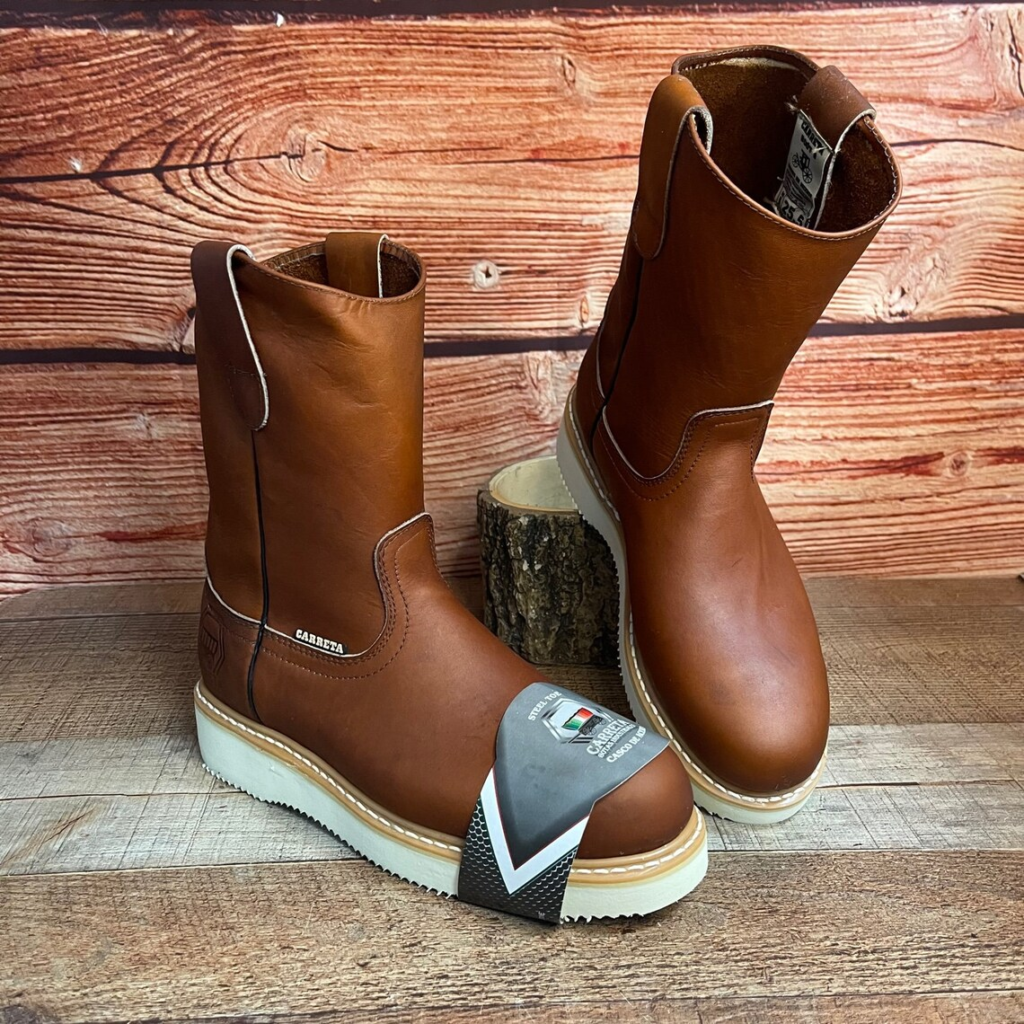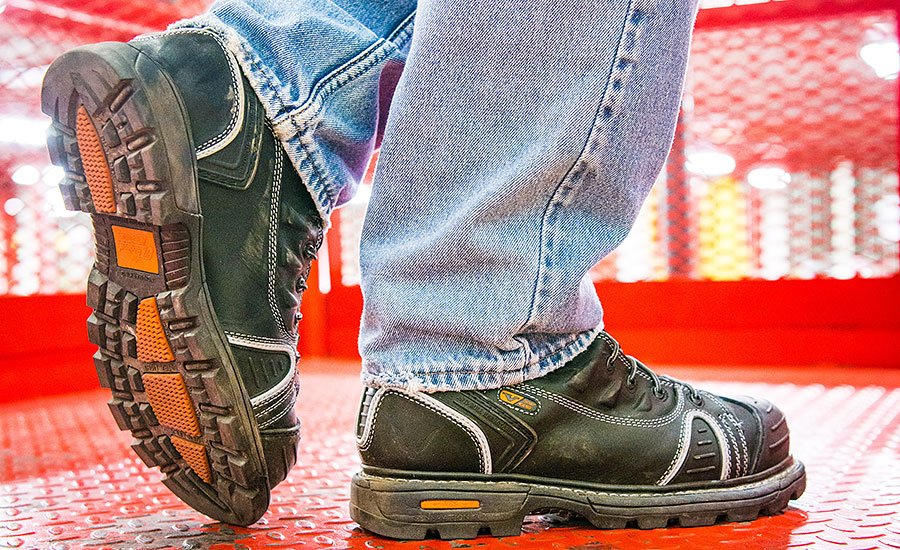Do you find yourself wondering, How much do steel toe boots weigh? Don’t worry, my friend – you’re not alone! Many hardworking individuals want to know just how heavy these bad boys are. Well, get ready to have your mind blown! In this article, we dive deep into the world of steel toe footwear and uncover the surprising truth about their weight.
How much do steel toe boots weigh?
These trusty work buddies usually weigh around 2 to 5 pounds each. They’re made for keeping your feet safe in tough job spots, but not all have steel in their toes—some have lighter materials that do the same job. The weight depends on the boot’s size, design, and what it’s made of. Manufacturers work hard to balance strength and comfort so your feet stay protected without feeling like they’re in concrete blocks. Whether in construction, manufacturing, or other hands-on jobs, these boots are like your safety pals, looking out for you while keeping it comfy.
Why weight matters in steel toe boots
Weight matters in steel toe boots for a bunch of important reasons. Imagine wearing shoes that feel as heavy as bricks all day long! The weight of steel toe boots affects how comfortable you feel and how easily you can move around while staying safe at work. Heavy boots might cause fatigue, making it harder to walk or stand for long hours. But, if they’re too light, they might need to give more protection. That’s why finding the right balance between being fair enough for comfort and heavy sufficient for safety is super important.
What are steel toe boots?
Steel toe boots are sturdy work boots designed to protect your feet from heavy stuff accidentally falling on them. They’ve got a special cap (usually made of steel, as the name suggests) right at the front of the boot. It’s like a tough shield for your toes! But not all safety shoes have steel toes—some use composite materials that work but are lighter.
These boots are superheroes in challenging workplaces like construction sites, factories, or any place where things might drop on your feet. They keep your toes safe and sound so you can work without worrying too much about getting hurt.
Factors that influence the weight of steel toe boots

source:.etsy.com/
Material Composition:
The materials used in making the boots play a considerable role in determining their weight. Traditional steel toe boots, as the name suggests, have a steel cap in the toe box. However, newer designs often use composite materials, making them lighter while offering protection.
Design Variations:
The way the boots are designed can affect their weight. Some shoes have additional features like extra padding, support structures, or multiple layers, which might add to their overall heaviness.
Size and Fit:
The size of the boot and the materials used for comfort and support also contribute to its weight. More oversized boots or those with extra cushioning might weigh more.
Average weight range of steel toe boots

source:pexels.com/
Steel toe boots generally weigh between 2 to 5 pounds each. The specific weight varies based on different factors, including the design, materials used, and overall size of the boots. Newer methods with composite materials tend to be lighter than traditional steel options.
Benefits and drawbacks of lighter vs heavier boots
Lighter Boots
Advantages:
Lighter boots reduce fatigue, making it easier to move around and work for longer periods. They are more comfortable for extended wear and don’t strain your feet as much.
Drawbacks:
They provide less protection from heavy falling objects and are less durable in demanding work conditions.
Heavier Boots
Advantages:
Heavier boots often offer more substantial protection from potential workplace hazards and are generally more durable in challenging environments.
Drawbacks:
They can cause fatigue and discomfort if worn for extended periods, making movement and long work hours more challenging.
Finding the right balance for your needs
Consider Your Work Environment:
Assess the specific hazards in your workplace and the level of protection you need. If heavy objects are a common risk, you might prioritize heavier, more protective boots.
Focus on Comfort:
Finding boots that strike a balance between safety and comfort is crucial. Newer materials and designs compromise protection and weight, ensuring safety and ease of wear.
Try Different Pairs:
Before deciding, try on different pairs to find the right balance for your feet. Comfort and protection should go hand in hand for an optimal work experience.
Wrap up!
The weight of steel toe boots is a crucial factor influencing both comfort and safety at the workplace. Ranging from 2 to 5 pounds, these boots, designed to protect feet from heavy objects, offer a balancing act between safeguarding and comfort. Factors like material composition, design variations, and size influence their weight, reflecting the ongoing efforts by manufacturers to offer durable yet lighter alternatives.
Lighter boots reduce fatigue but may compromise on protection, whereas heavier boots offer more safety at the cost of potential discomfort. Finding the right balance between weight and protection tailored to your work environment is vital, ensuring harmony between safety and comfort for an optimal work experience.

